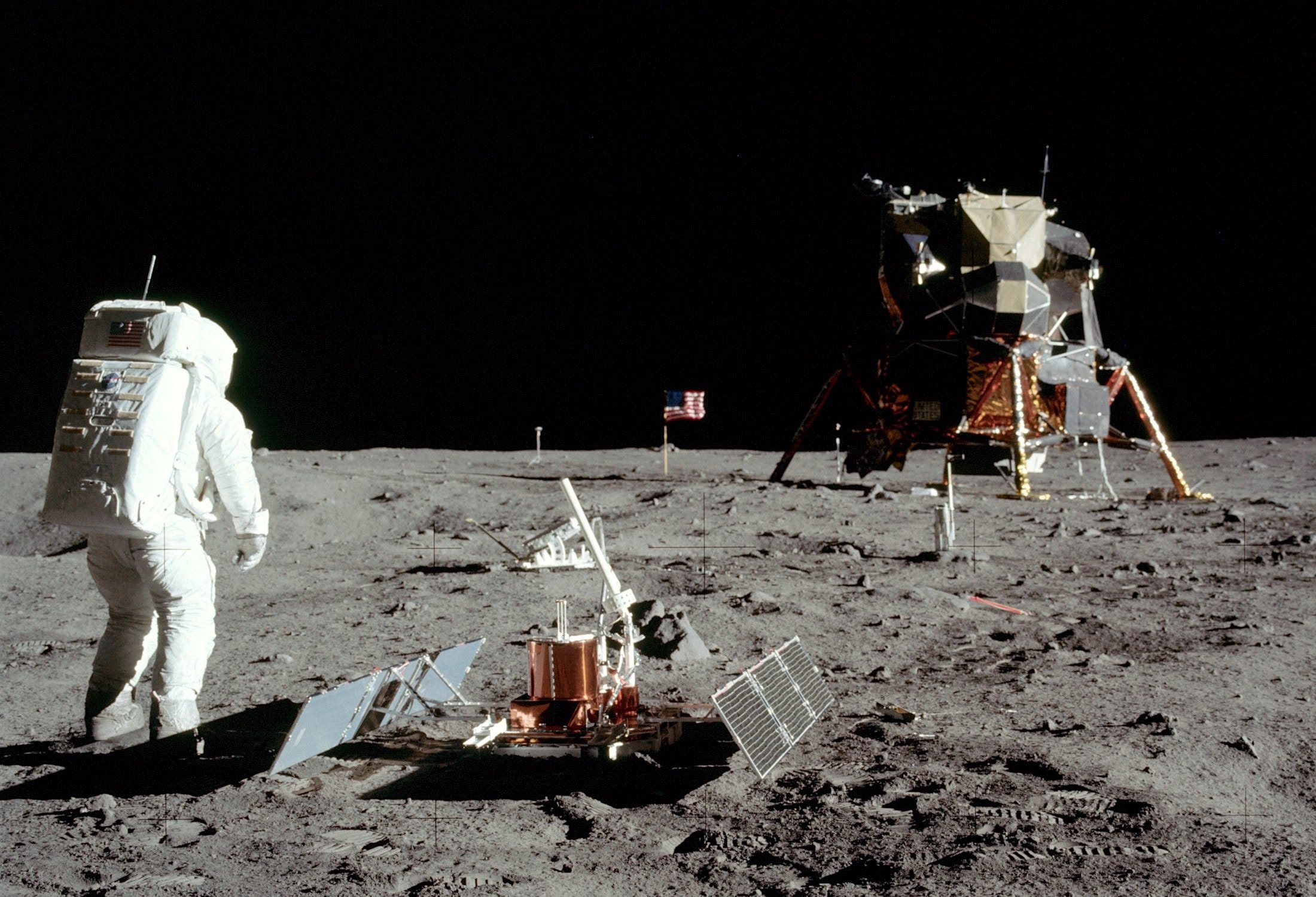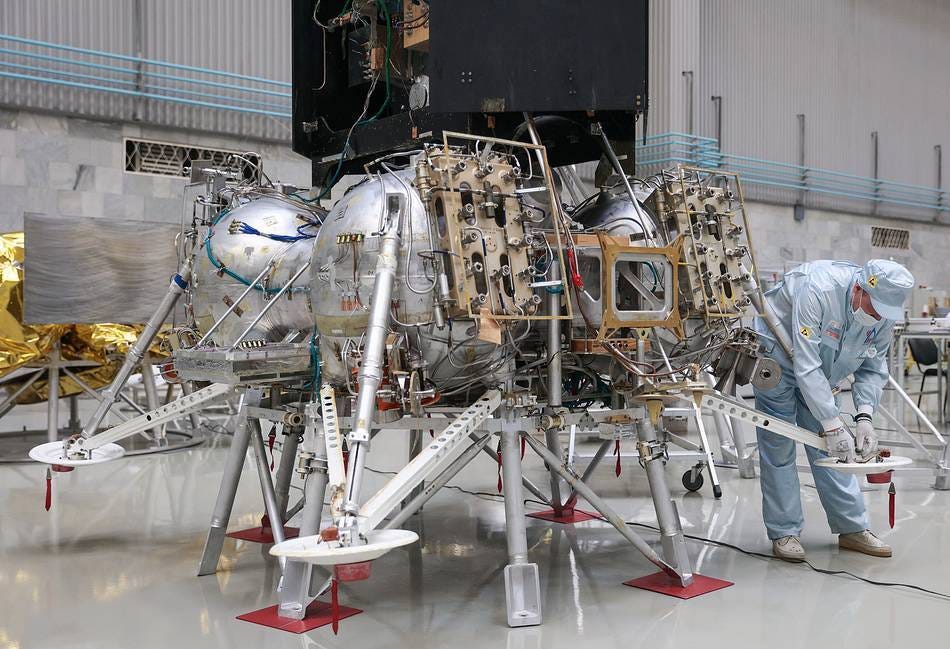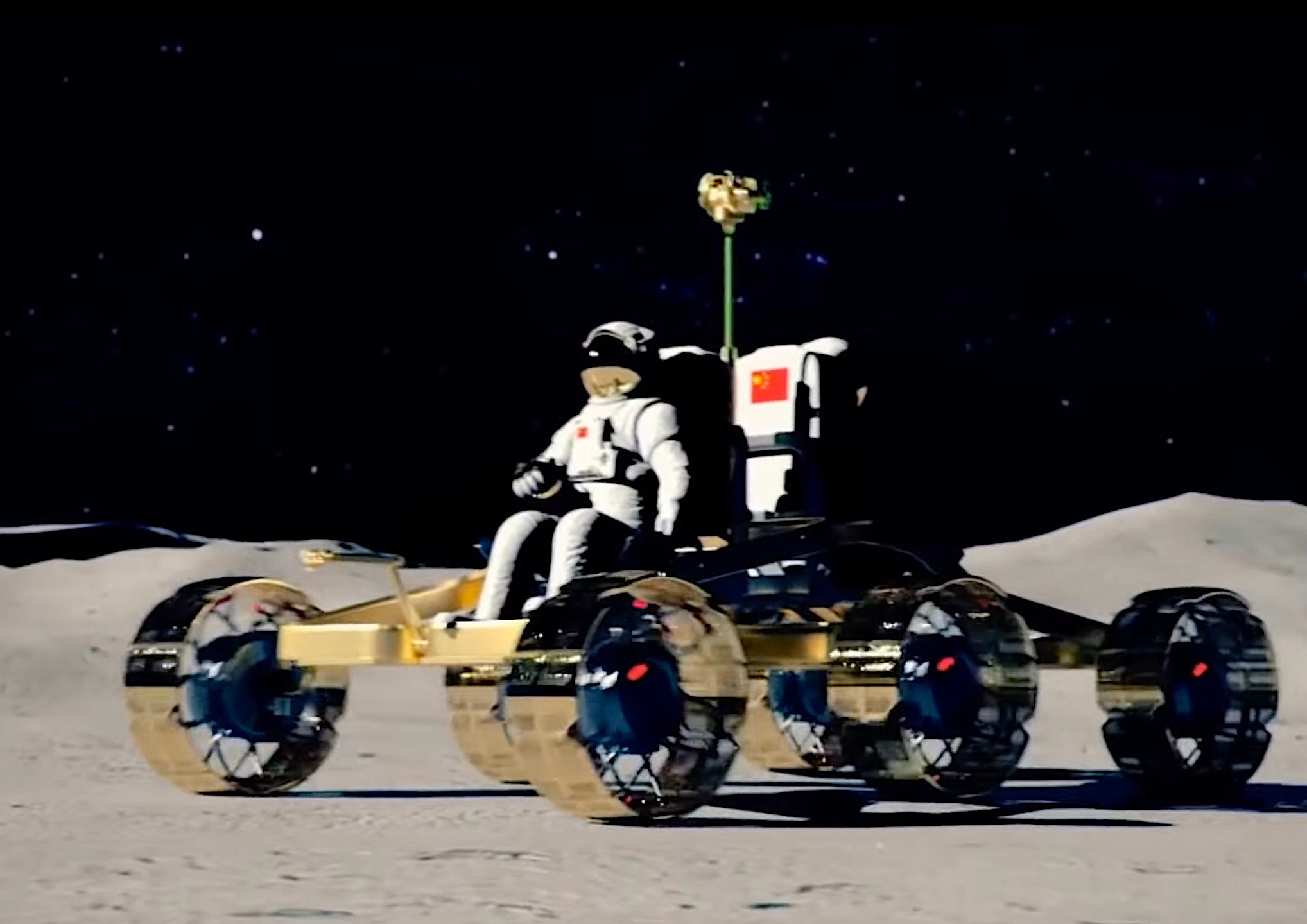Moon Monday #130: Artemis III science, some Starship specifics, mission updates, and more
NASA advances science planning for the historic return of humans to the Moon
In a historic return since Apollo, NASA aims to land astronauts on our Moon again mid-decade with Artemis III. What science instruments will they bring along to deploy on the Moon’s south pole for advancing our understanding of the whole Solar System? On May 30, NASA released a request for proposals for the same, wherein the agency is asking teams of scientists to submit details of their desired instrument suites by June 30 for competitive evaluation.

Timeline of NASA’s Artemis science planning
While the agency’s selection of the SpaceX Lunar Starship lander in 2021 and Axiom spacesuits in 2022—over and above the standard SLS rocket and Orion spacecraft present in every Artemis mission—largely represent the technology stack to be used for Artemis III, the science end has been catching up. Below is the timeline for all major milestones in Artemis science planning.
- December 2020: The mission’s Science Definition Team laid out their priorities.
- March 2022: NASA revealed the Artemis science structure, comprising an internal NASA Science Team, an external Geology Team, Participating Scientists (which will include international researchers), and an Instruments Team.
- August 2022: NASA announced 13 candidate landing zones for Artemis III. The agency has since been soliciting community input to downselect from said sites.
- January 2023: NASA releases a request for proposals for the competitively selected, ~10 member Geology Team. The agency will announce the selected team end of year.
- March 2023: NASA announced Dr. Noah Petro as the mission’s Science Lead.
- May 2023: Where we’re now—NASA solicits competing proposals for instruments to be deployed on Artemis III, and with it the selection of the Instruments Team. NASA will select at least one instrument suite from all the proposals in Q1 2024.
The kinds of instruments NASA seeks for Artemis III
The attached document in the solicitation titled the “Artemis III Deployed Instruments Program” reveals interesting details about the kind of science experiments scientists can propose to be deployed on the Moon during Artemis III.
- First and foremost, the proposed instruments must address one or more scientific objectives outlined by the mission’s Science Definition Team. These primarily concern the geology and environment of the Moon’s south pole, specifically how studying it would advance our understanding of our Moon’s origin and evolution, and its volatiles such as water ice. Notably, the solicitation’s FAQ says astronauts can collect up to 500 grams of samples processed by a deployed instrument to bring them to Earth.
- Each instrument must function autonomously, be self-powered, have a maximum mass of 60 kilograms, and cost no more than $25 million.
- The instrument proposals can also cater to the much broader scientific themes in the outlined objectives, such as “revealing the record of the ancient Sun”, conducting radio astronomy from the Moon, or studying how biological life reacts to Luna’s radiation environment and one-sixth gravity.
- For biological experiment proposals, NASA is requiring scientists to demonstrate additional relevance to the 2010–2020 Decadal Report on Biological and Physical Sciences, the most recent consensus-based report produced by the US scientific community listing priorities and objectives in the field to address next.
- The instruments must not be for external mounting on Lunar Starship, and they cannot be only technology demonstrators.
- NASA will consider instrument proposals from foreign space organizations, albeit on a “no exchange of funds” basis.
- The FAQ states that proposals can include having a rover to deploy instruments, but the rover itself will count against the mass and funding limits.

More details on Artemis III and Lunar Starship
Interestingly, the solicitation document also states that NASA and SpaceX are targeting launch of the mission’s Lunar Starship in December 2025. Considering that Starship will loiter in lunar orbit for at least a month, or as much as three, before astronauts arrive in the Orion spacecraft to transfer to Starship for the Moon landing, this implies the historic Artemis III touchdown is formally postponed to 2026.
The document also mentions Starship’s Wi-Fi range for payloads:
The expected range of Starship WiFi is 300m. Payloads that desire to operate on the surface after departure of Starship, or that desire to be located outside of this WiFi range, must rely on payload-provided communications and data transfer capabilities/hardware.
NASA also shines light on Starship’s available payload capacity and its allocation for Artemis III:
Up to 450kg of Starship’s mass allocation will be available for utilization, i.e., to conduct science, research, development, test and evaluation, public outreach, education, and commercialization using a human exploration platform and/or mission. For Artemis III, the utilization mass allocation includes sample collection tools and sample return containers as well as payloads. Between 80-90kg are estimated for the former, leaving 360-370kg available for other utilization activities, including the payloads solicited in this call.
Intriguingly, the aforementioned FAQ also states that there might be a lunar orbiter available to relay communications between Artemis III surface hardware and Earth:
It is expected that an orbiting relay satellite will be available for deployed instruments; proposers are not expected to provide the relay satellite.
It’s possible that NASA leverages the ESA-backed Lunar Pathfinder orbiter for this purpose. As part of an agreement, NASA is aiming to deliver the 280-kilogram Pathfinder to lunar orbit in 2026 via a commercial Firefly lander part of the agency’s CLPS program. In return, ESA will let NASA use the polar-orbiting Pathfinder to relay communications between the agency’s surface hardware and Earth.
Related: Dr. David Kring, Principal Scientist at the Lunar and Planetary Institute, will deliver a talk on June 8 about the fascinatingly alien terrain and environment that Artemis III astronauts will encounter during the mission’s Moonwalks.
Many thanks to Epsilon3 and The Orbital Index for sponsoring this week’s Moon Monday.
More mission updates

- Roscosmos says the launch of its Luna 25 robotic Moon lander is postponed from July to August. The Russian space agency is currently putting the spacecraft through a standard series of space simulating tests, and is also conducting soft landing software simulation tests in parallel. Luna 25’s instruments include a robotic arm to sample material from 20 to 30 centimeters below the surface and then feed it to a laser spectrometer to determine elements and isotopes within. There’s also a neutron and a gamma ray spectrometer to identify the composition of the subsurface. The mission’s landing site, while not truly polar due to engineering constraints, is selected at about 70°S such that underground water ice could still be detected.
- The launch of JAXA’s compact SLIM Moon lander on the Japanese H-2A rocket has been delayed until at least September. H-2A’s upper stage engine is similar to the one that failed to ignite on the H3 rocket’s debut flight in March, and so while the latter’s failure investigation continues JAXA has decided to put H2-A launches on hold. SLIM aims to demonstrate pinpoint lunar touchdown (~100-meter accuracy) with a low mass spacecraft. To that end, SLIM will land somewhere within the 300-meter wide Shioli crater’s ejecta, which lies amid rocky terrain. Orbital data suggests that studying the crater’s ejecta using SLIM’s near-infrared, multi-band spectroscopic camera could enhance our knowledge about the Moon’s mantle and its formation.
- NASA’s VIPER rover, aiming for a late 2024 CLPS launch, will explore rocky terrain in and around permanently shadowed regions on the Moon’s south pole for over 100 days to unravel the nature of lunar water ice deposits. A NASA blog post describes how VIPER, which will be on the move more often than not, will constantly and precisely point its high-gain antenna at Earth to keep transmitting ample data. NASA will then leverage distributed computing to allow the science team at mission control to react quickly to situations as they unfold. Engineers recently successfully completed nighttime testing of the antenna gimbaling on a VIPER rover prototype.
- On May 29, the China Manned Space Agency (CMSA) released an announcement soliciting industry proposals for the country’s first crewed lunar rover, which will be driven by the first two Chinese astronauts on the Moon end of decade. This announcement follows just three days from NASA’s seeking of industry proposals to build and launch before end of decade the Lunar Terrain Vehicle, which will be a versatile crew-capable and tele-operable robotic rover to be used across Artemis missions for at least 10 years. Andrew Jones neatly summarizes China’s high-level progress towards a crewed Moon landing.

More Moon
- On May 30, Spain became the 25th country and eighth ESA member to sign the US-led Artemis Accords. This move come after Spain established a formal national space agency in March. Germany is the only major ESA member who hasn’t signed the Accords.
- Jacobs is hiring a Senior Planetary Science Data Archivist to provide data handling expertise to NASA’s CLPS program.
